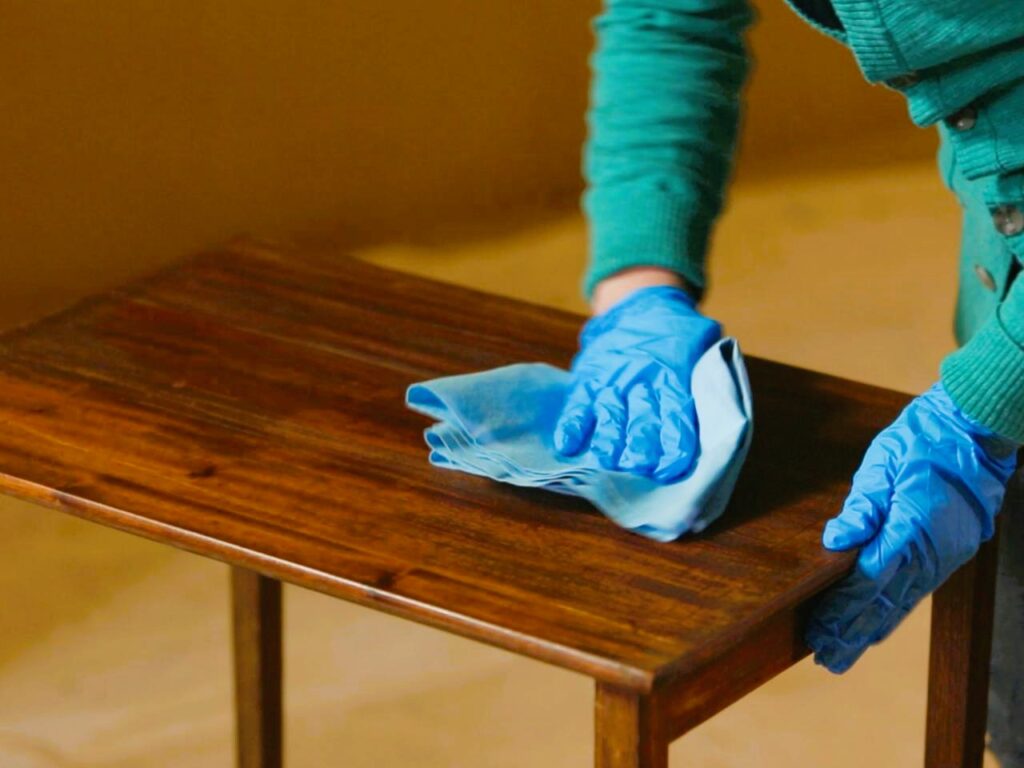Reviving Old Furniture with DIY Makeovers
Old furniture often carries sentimental value, but over time, it can lose its charm and luster. Instead of discarding these pieces, many people are turning to do-it-yourself (DIY) makeovers to breathe new life into their cherished furniture. In this article, we will explore the art of reviving old furniture through creative DIY projects, offering tips, techniques, and inspiration to help you transform your beloved pieces.
The Beauty of Upcycling
Upcycling, the process of repurposing or transforming old or discarded items into something new and valuable, has gained popularity in recent years. It not only reduces waste but also allows individuals to express their creativity and give old furniture a second chance.
Why Choose DIY Furniture Makeovers?
- Cost-Effective: DIY furniture makeovers can be more budget-friendly than buying new pieces. You can often achieve stunning results with minimal expenses.
- Personalization: Reviving old furniture allows you to create unique, personalized pieces that reflect your style and taste.
- Environmental Benefits: By upcycling, you contribute to reducing landfill waste and lowering the demand for new furniture production, which can be resource-intensive.
- Preservation of Sentimental Value: Old furniture often carries sentimental value. A DIY makeover allows you to preserve the memories associated with these pieces.
- Creative Expression: Furniture makeovers are a creative outlet, enabling you to experiment with colors, patterns, and textures.

DIY Furniture Makeover Techniques
- Painting: One of the simplest and most effective ways to transform old furniture is by painting it. Choose colors that match your decor or experiment with bold, contrasting hues for a statement piece. Ensure proper surface preparation, including sanding and priming, for a professional finish.
- Decoupage: Decoupage involves adhering paper or fabric to furniture surfaces using a special adhesive. This technique allows for endless design possibilities, from vintage prints to botanical motifs.
- Staining: If you want to enhance the natural beauty of wood furniture, consider staining it. Stains come in various shades, allowing you to achieve a rustic, modern, or classic look.
- Reupholstering: For upholstered furniture, reupholstering can breathe new life into tired pieces. Choose fabrics that complement your decor and give old chairs or sofas a fresh appearance.
- Distressing: The distressed look, achieved by sanding or scraping paint to reveal underlying layers, adds character and a vintage feel to furniture. It works well with shabby chic or farmhouse styles.
- Hardware Replacement: Swapping out old, worn-out hardware like knobs and handles can instantly update the look of dressers, cabinets, and other pieces. Incorporating bohemian furniture into your home decor, read more here.
Inspiring DIY Furniture Makeover Ideas
- Vintage Vanity Transformation: Convert an old vanity into a stylish makeup station by painting it in pastel colors, adding a new mirror, and updating the drawer pulls.
- Farmhouse Dining Table: Give a dated dining table a farmhouse makeover by sanding it down, staining it in a rich, rustic tone, and pairing it with matching chairs.
- Bookcase Wallpaper Backing: Apply removable wallpaper to the backing of a bookcase for a pop of color and pattern, turning it into a decorative focal point.
- Lively Coffee Table: Turn a basic coffee table into a lively conversation piece by decoupaging it with maps, magazine cutouts, or colorful fabric.
- Reupholstered Armchair: Revive an old armchair by reupholstering it in a bold, eye-catching fabric that complements your living room decor.
- Whimsical Dresser: Paint a children’s dresser in playful, vibrant colors and add stenciled designs or decals to create a whimsical piece for a kid’s room.
Standardization in DIY Furniture Makeovers

While DIY furniture makeovers are highly creative and personal endeavors, there are still some standardization aspects to consider, especially when it comes to safety and environmental concerns. Adhering to safety guidelines when using paints, adhesives, and stains is crucial to protect your health. Additionally, consider eco-friendly and low-VOC (volatile organic compounds) products to minimize the environmental impact of your projects.
For more information on safety standards and eco-friendly options for DIY furniture makeovers, you can visit Wikipedia for detailed articles on furniture refinishing or check for information related to environmental regulations and guidelines.
Conclusion
DIY furniture makeovers are a fantastic way to breathe new life into old furniture, allowing you to express your creativity, preserve sentimental value, and contribute to a more sustainable lifestyle. Whether you’re painting, staining, reupholstering, or decoupaging, the possibilities are endless when it comes to transforming your cherished pieces.
Remember that while DIY projects offer a great deal of freedom, it’s essential to consider safety and environmental standards to ensure that your furniture makeovers are not only visually stunning but also safe and responsible. So, roll up your sleeves, gather your supplies, and embark on a journey of furniture transformation through the art of DIY makeovers.

